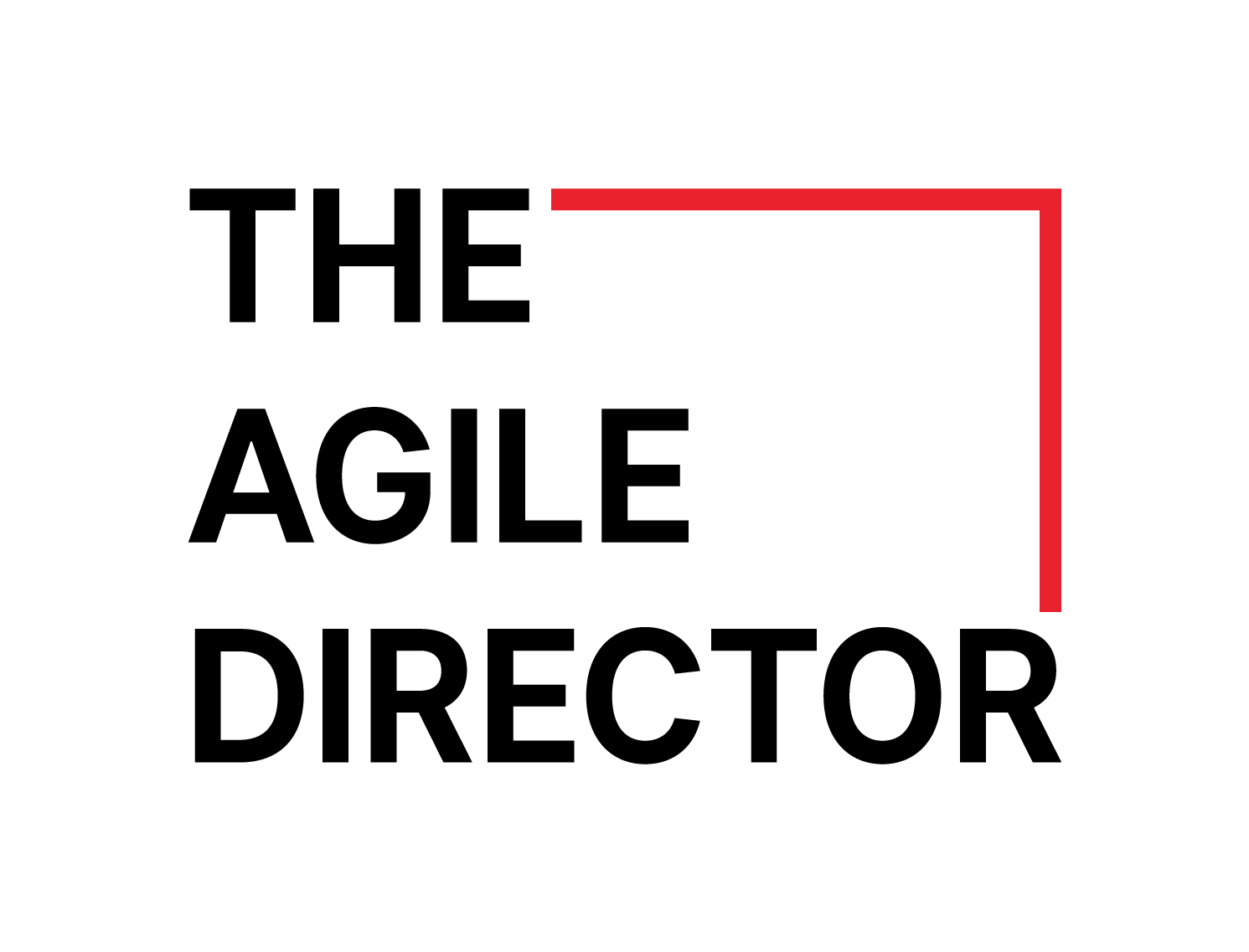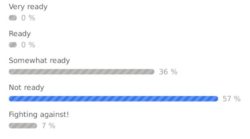A recent survey found that 57 percent of company directors said their boards were not ready to adopt digital advances in their boardrooms, with seven percent of those saying boards are resisting it all together. With technology growing exponentially, and leaders and boards changing incrementally, these numbers show the majority of companies risk being left behind if they don’t recognise the place of technology and Artificial Intelligence (AI) in the boardroom.
“The digital enhancement of boards – by using AI for example – is an opportunity to create stand-out competitive advantage in an increasingly complex and changing world,” said Andrew Donovan, resident governance expert of Global Governance Initiative and Principal, Thoughtpost Governance.
Why to consider embracing digital
Donovan considers that there are two important areas impacting governance, which boards need to think about: how they can use technology to enhance or replace how they currently work or govern; and the type of director that will be required in the future as a result.
He has been working with boards who have introduced AI into the boardroom and sees the benefits.
“Humans are biased, which can be good when it steers us towards happiness and away from harm, for example,” said Donovan. “But it can be dangerous in the boardroom, particularly when steering us towards social cohesion, which leads to ‘group-think’. There was a great line in a recent Deakin University paper which sums up the issues: AI is not afraid to upset its friends.”
Add to human bias our limited data processing abilities and the idea of using AI to take on part of the board decision making starts to look like a good idea.
Digital trends in the boardroom
In 2014, a Hong Kong life sciences investment firm decided to test AI and ‘appointed’ a robo-director algorithm called VITAL to its board. VITAL has a veto vote over all investment decisions and has been such a success that a succession plan is in place to welcome VITAL 2.0 to the board soon.
Another interesting trend that boards should consider and plan for is the use of crowd sourcing platforms in the boardroom.
Donovan, who works with would-be directors in board training and development programs, notes the changing approach of emerging leaders, who see complex issues and immediately seek feedback via the internet.
“In the age of the internet, the idea that putting nine smart people in a room by themselves with some good data and hoping they will come up with the best solution seems somewhat quaint,” he said. “Our emerging leaders on the other hand used a crowd sourcing platform to source input and were able to quickly consider feedback from leading practitioners and academics around the world.”
Compliance & Assurance
A necessary part of board responsibilities is compliance and assurance, but according to Donovan, it’s a massive waste of ‘super-charged experience and intellect’ at the table when data analytics could be used instead.
“With appropriate human oversight, AI could perform this function and improve the way data is used,” he said. “One mid sized listed tech firm designed a dashboard-like analytics program, back-ended into the company’s enterprise system. Based on board parameters, directors can manipulate and interrogate the data as required depending on their areas of focus.”
Data analytics may also have a place in people and culture. With the growth of text analytics, programs to determine the internal voice of the organisation are in development, with increasing attempts to draw insights from the language used by employees.
Alec Bashinsky, Managing Partner of governance advisory firm Black Hall and Pearl, sums up the work, “While humans remain far more capable of understanding the context and sentiment of language, machines are better at analysing patterns in vast amounts of data.”
Performance
There are three key areas where technology could enhance performance: learning, collaboration and recruitment.
As well as web bot crawlers that seek market and industry intel, or video induction programs, there are new products emerging that take director learning online.
“While online learning is booming in some areas, director training has traditionally been face to face, expensive and a hefty time commitment,” said Donovan. “The recent launch of a comprehensive online governance education program by Global Governance initiative is a turning point in director training. It uses technology to bring learning to the boardroom in a way that fits well with director schedules without compromising on quality.”
There is also a place for digital collaboration tools in the boardroom. While the cost of directors getting together is high, Donovan says this should continue to happen because ‘magic happens when people get together’.
Instead, he suggests that these face to face interactions are saved for premium engagement around strategy, major decisions, complex relationship management issues and crises. He proposes that online collaboration platforms can support other interactions, saving time and money.
The third key area, recruitment of directors, is one that poses opportunity not just to introduce digital tools, but also a fairer selection algorithm that is much more sophisticated than any system currently used for board selection.
In a paper from the universities of Ohio State, Washington and Colorado, academics used publicly available data on firm, board and director characteristics to propose that their algorithm could accurately predict the success of individual directors – and even which were likely to be unpopular with shareholders.
“It appears that firms choose directors who are much more likely to be make, have a large network, have a lot of board experience, currently serve on more boards, and have a finance background. A machine-learning algorithm, which is much more sophisticated than the algorithm relied on by psychologists, would allow firms to improve their board selection process.”
The challenges in embracing technology
While we need directors who can rise to the challenge if their organisations aren’t to be left behind, directors are not always early adopters.
Yet, there are some speedhumps preventing directors from getting up to speed quickly, including the need for corporate law to evolve to ensure the safe and efficient use of AI. Director liability will require that any legal precedent is built into any automated process such as AI, machine learning and data analytics.
Add to that the challenges of technology use in governance. From the strategic to the ethical, to data integrity and security to AI decision making transparency – these challenges will require directors to fine tune and acquire new skills.
“Care must be taken to protect what’s good about human-centric boards but courage must be taken to embrace the benefits of digitally enhanced boards,” said Donovan. “I urge organisations to not be complacent about the emerging disruption of boards and governance and to embrace it as the new competitive advantage of our time.”
Practical tips on how to start the conversation
Start with the Problem: Identify the biggest board pain points and value opportunities and research and assess their potential to be digitally optimised.
Show examples: Present to the board on how the organisation is using technology in similar areas within the organisation or in other organisations or boards. For example nearly all organisations are using online collaboration tools; get staff members to show how a project was enhanced by the use of that technology.
Engage champions: It often won’t be the chair or senior directors. You may have to find respected comparators; Board’s feel more comfortable following the lead of credible peers. Bring in outside thinking. Set up an agile project team; appoint an outsider to bring in new thinking. Use a different methodology to plan activities such as agile processes; sprints and scrums.



